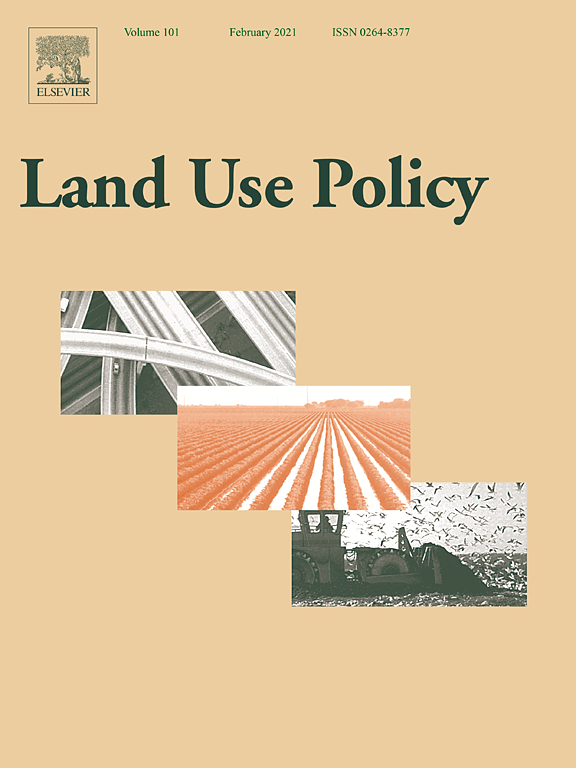Resource information
Notwithstanding their crucial role in ecosystem functionality, large carnivores generally entail economic costs to hunters due to competition for the same prey. This cost could potentially vary depending on carnivore density and the game hunting values at stake. We estimate a hedonic price model applying the unconditional quantile regression method in order to investigate the impact of large carnivores along the distribution of hunting lease prices in Sweden. We compare these impacts with those obtained from conditional quantile regressions, as well as from ordinary least squares estimations. Based on the unconditional quantile estimates, our results indicate that wolf, lynx and bear can exert a negatively significant effect in the middle range of the outcome distribution, while no significant impact is found in the lower quantiles. For the statistically significant quantiles, the average marginal implicit price of an additional wolf territory in the study area is around 3.35 million Swedish kronor (SEK) per year, namely 358 thousand Euros (EUR). This corresponds to an annual reduction in the mean hunting lease price per hectare by 21% in the municipality where the territory is established. Similarly, an additional lynx family group entails an average marginal implicit price of SEK 3.55 million (EUR 379 thousand) per year, and an additional brown bear individual entails an average marginal implicit price of nearly SEK 110 thousand (EUR 11.6 thousand) per year. The corresponding impact on the mean hunting lease price per hectare is a reduction by 22.4% and 0.6% for an additional lynx family group and an additional brown bear individual, respectively, in the municipality where the establishment occurs. Results can be useful for policies targeting the spatial distribution of large carnivores.


